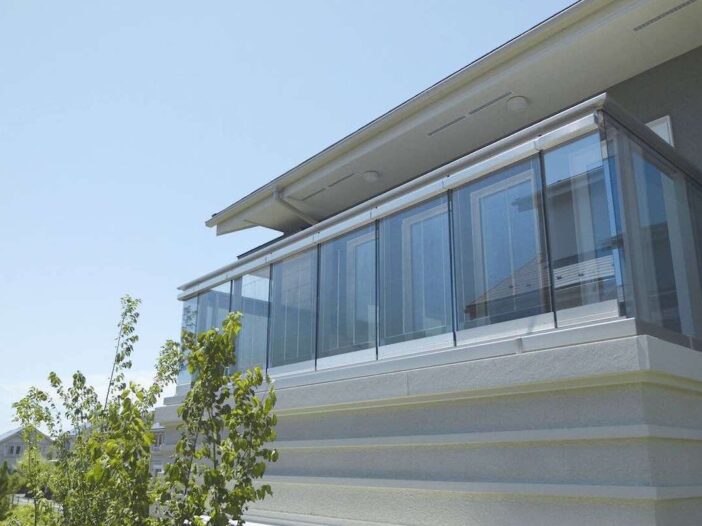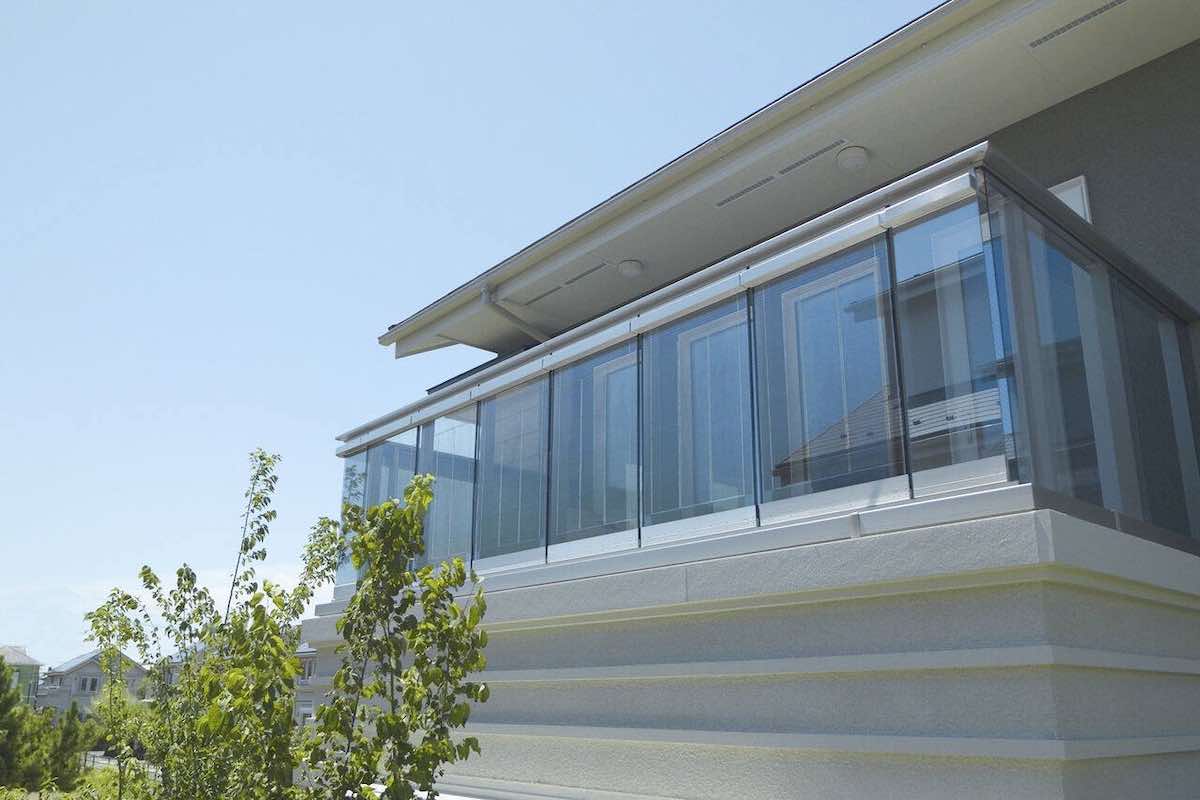
Japanese electronics manufacturer Panasonic has unveiled its own building integrated photovoltaics (BIPV) glass product which it says is the first to integrate perovskite solar cells with glass windows.
The BIPV market is a rapidly expanding effort to incorporate solar generation into building materials such as glass windows and outdoor-facing façades. The development of new BIPV technologies is of particular interest in countries with limited geography for standalone solar projects or with limited roof space in urban areas.
Panasonic is entering this new sector with its own BIPV technology which integrates perovskite photovoltaics with glass – as compared to other companies, such as Australia’s ClearVue, which uses windows made from a proprietary formulation of nano and micro particles, resulting in clear energy generating glass.
Prototypes of Panasonic’s BIPV product – which integrates perovskite solar cells onto the glass itself using the company’s original inkjet coating method and laser processing technology – will be on display through to the end of 2024 at a model house in the Fujisawa Sustainable Smart Town in Kanagawa Prefecture, Japan.
The prototypes have been integrated into the balcony glass at the model home and Panasonic will be monitoring their performance and durability through the demonstration period.

Unlike ClearVue’s BIPV glass, Panasonic’s prototype results in a markedly different type of glass, coated as it is with small perovskite solar cells, thus partially obscuring the view.
However, Panasonic currently boasts the highest level of conversion efficiency for perovskite modules of more than 800 cm2 size (17.9% efficiency) which is almost equal with conventional crystal silicon solar modules.
This could therefore result in parallel BIPV markets, depending on the requirements of developers, and whether or not an uninterruptable view out the window is necessary or not. Even so, from a distance, Panasonic’s BIPV glass windows will likely not result in complete obstruction of view.
Panasonic one day hopes to utilise their BIPV glass in a wide range of buildings and, utilising their specific methods and technologies, will be capable of enhancing the flexibility of their glass by offering different sizes, transparency, and design.

